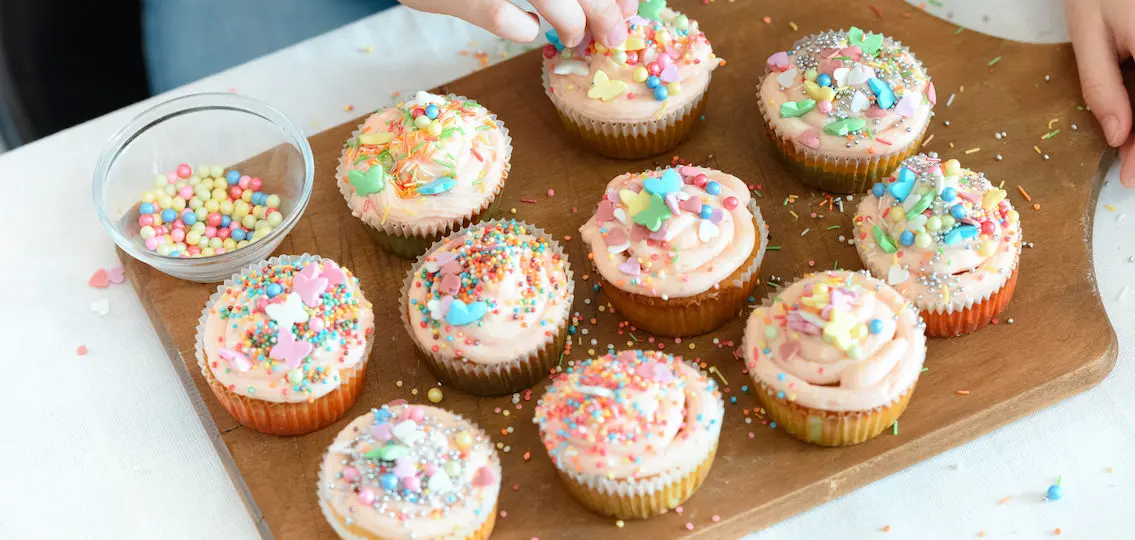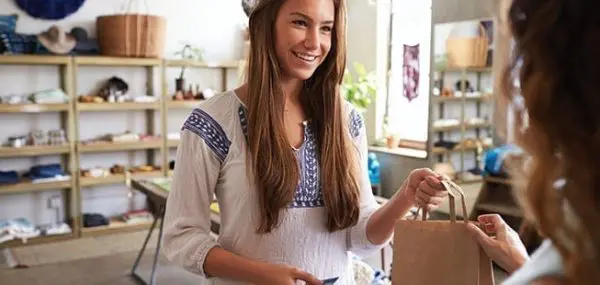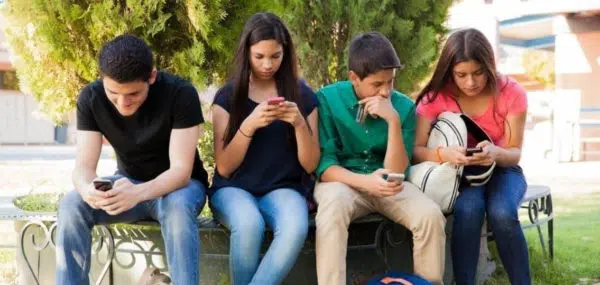At a family reunion I hosted one year, I noticed that my almost-13-year-old granddaughter Lauren was not including a relative’s daughter, Emily, in the clique she’d quickly formed with two of her cousins, Rose and Olivia
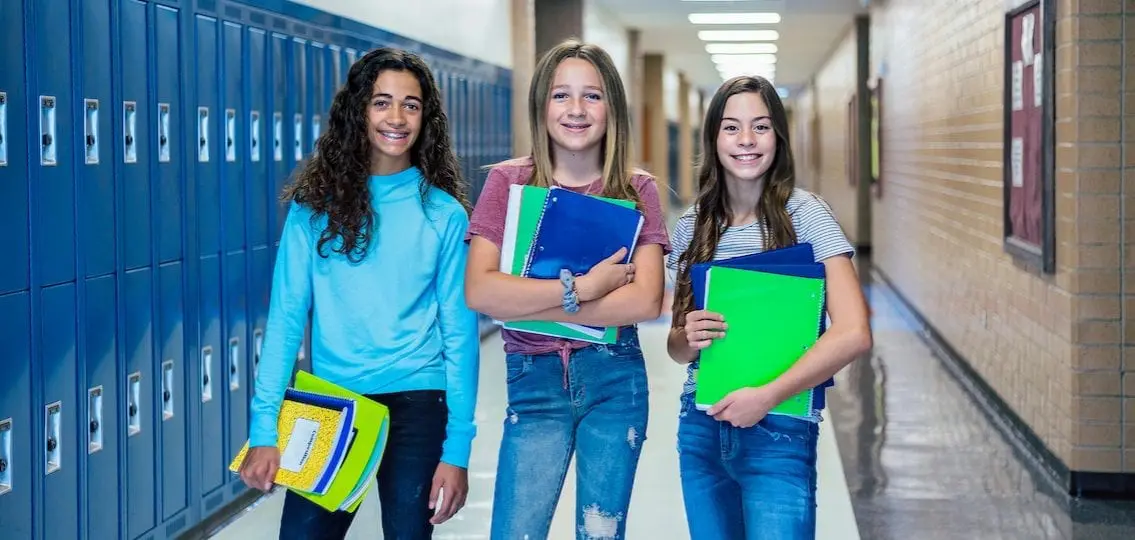
Pulling Lauren aside, I started to ask, “How would YOU feel…” before realizing I was veering toward a full-blown lecture.
I recalled a similar incident when I was not much younger than Lauren. Seeing me excluded from group activities, a thoughtful teacher singled me out one day to hand out papers. Although the teacher’s kind gesture didn’t suddenly make me a part of the group, it boosted my self-confidence enormously and created a degree of interaction with my classmates.
Realizing that lecturing Lauren would only prompt more resistance rather than encouraging her to cultivate kindness, I changed my approach. It was time for teaching by example.
Life Lessons from Grandma: How to Teach Inclusion
“Would you and the other girls be willing to make a dessert for everyone?” I asked.
Lauren’s face lit up, then clouded. “Yes, but can it just be me and Rose and Olivia that do it?” she asked. “Does Emily have to help?”
This wasn’t the response I was hoping for. I told her firmly that Emily needed to be included. Then I brought the other three girls into the room and told them about our plans to make a dessert.
They were happy with the idea, but Lauren’s enthusiasm had faded. I pulled a recipe book from the shelf and we all sat around the kitchen table and sorted through recipes until the girls found a dessert they agreed upon—chocolate cupcakes.
We made a quick trip to the grocery store to pick up the ingredients. The three cousins laughed good-naturedly when Emily inspected each egg before placing the carton in the cart. My plan of involving them in an activity to get them interacting with one another appeared to be doing the trick.
At home, I assigned individual tasks for preparing the cupcakes. Rose and Olivia helped Emily arrange the ingredients before beginning their own tasks and Lauren picked up on their example by finding the hand mixer for Emily and assembling it.
Soon, all four girls were zipping around the kitchen, measuring, mixing, shouting instructions, high-fiving one another, and having a great time. After the cupcakes came out of the oven, the kitchen was a mess, so I assigned each girl her own clean-up duties. More high-fiving. More fun.
I heard laughter in the living room that evening, where the girls were camping out on sleeping bags.
I peeped in to see Lauren sitting on the floor behind Emily, brushing her hair while Emily laughed at something Lauren had said.
I’ve learned that teaching kindness and empathy by example is much more effective than merely lecturing a teen about how they should behave. Especially since teenagers generally balk at being told how to do anything.
After the family reunion I told Lauren how kind of her it was to include Emily in their activities.
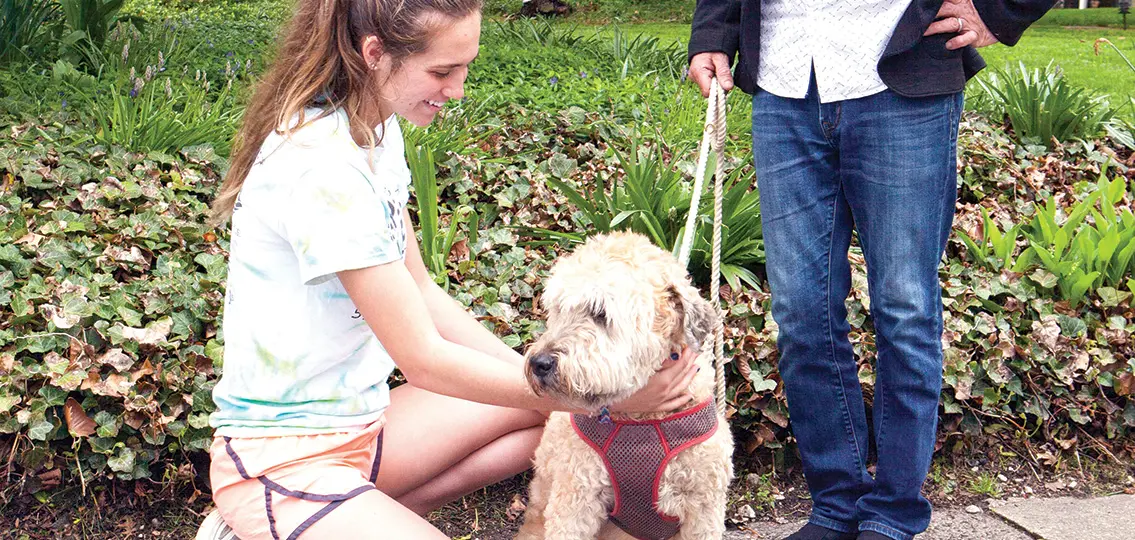
The four girls are young adults now. They all live in different states and only see each other when there is a family gathering. But when they do meet up, they never fail to laugh about the absolute destruction of the kitchen they made that time they baked chocolate cupcakes together.
